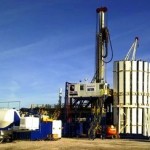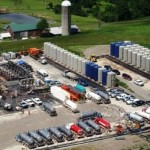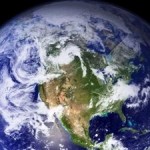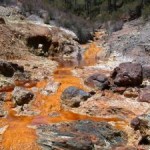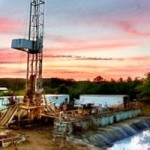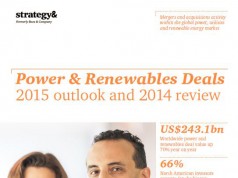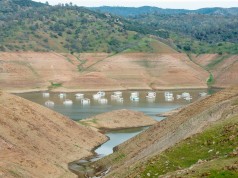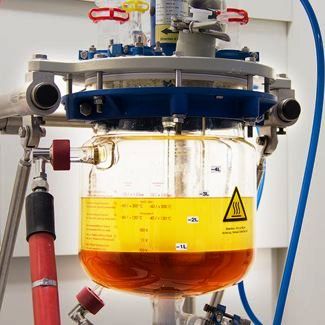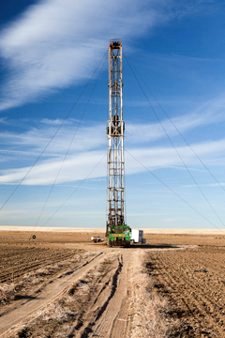 Stockholm / Washington – Governments and businesses using hydraulic fracturing to develop shale gas could face intense water competition in the world’s largest reserves, according to a new report by the World Resources Institute (WRI).
Stockholm / Washington – Governments and businesses using hydraulic fracturing to develop shale gas could face intense water competition in the world’s largest reserves, according to a new report by the World Resources Institute (WRI).
“Global Shale Gas Development: Water Availability & Business Risk” is the first publicly available analysis of water availability across all potential commercial shale gas and tight oil resources worldwide. The report finds 38 percent of the world’s shale resources face high to extremely high water stress or arid conditions.
“Water risk is one of the most important, but under-appreciated challenges when it comes to shale gas development. With 386 million people living on land above shale plays, governments and business face critical choices about how to manage their energy and water needs,” said Andrew Steer, President & CEO, WRI. “This analysis should serve as a wake-up call for countries seeking to develop shale gas. Energy development and responsible water management must go hand in hand.”
The Global Shale Gas Development report ranks water stress across the 20 countries with the largest shale resources. In 40 percent of these countries, future shale production could happen in arid conditions or under high water stress.
The report also evaluates water availability for every shale play in the 11 countries either pursuing or most likely to pursue hydraulic fracturing: Algeria, Argentina, Australia, Canada, China, Mexico, Poland, Saudi Arabia, South Africa, the United Kingdom, and the United States. Water availability and shale resources vary from country to country, making hydraulic fracturing’s potential unique in almost every location.
This report reveals that lack of water availability could curtail shale development in many places around the world:
- 38 percent of shale resources are in areas that are either arid or under high to extremely high levels of water stress;
- 19 percent are in areas of high or extremely high seasonal variability; and
- 15 percent are in locations exposed to high or extremely high drought severity.
- 386 million people live on land above shale plays – increased competition for water and public concern over hydraulic fracturing is more likely in densely populated areas.
- In China, 61 percent of shale resources face high water stress or arid conditions.
- In Argentina, 72 percent of shale resources face low to medium water stress.
- In the United Kingdom, 34 percent of shale plays face high water stress or arid conditions.
“With many countries already facing arid conditions and high water stress around the globe, this report can help to ensure that there’s enough water available for industries, farms, and people, even if shale development advances,” said Paul Reig, Associate at WRI and the report’s lead author. “Thankfully, there are smart and practical steps that countries and businesses can take to help reduce the water risks posed by future shale development.”
The report shares four recommendations to help governments, companies, and civil societies protect water security while minimizing business risks:
- Conduct water risk assessments to understand local water availability and reduce business risk.
- Increase transparency and engage with local regulators, communities, and industry to minimize uncertainty.
- Ensure adequate water governance to guarantee water security and reduce regulatory and reputational risks.
- Minimize freshwater use and engage in corporate water stewardship to reduce impacts on water availability.
Seven indicators were used to evaluate water availability and the associated business risks for shale development: Water stress, water supply variation among months of the year, drought severity, groundwater depletion rates, largest water user, population density, and depth of shale reserve.
The report builds upon WRI’s Aqueduct Water Risk Atlas, the world’s most high-resolution publicly available global water mapping and risk assessment platform. Aqueduct’s global water risk mapping tool helps companies, investors, governments, and other users understand where and how water risks and opportunities are emerging worldwide.
Click here to read/download the Global Shale Gas Development Report.
Source: WRI.

